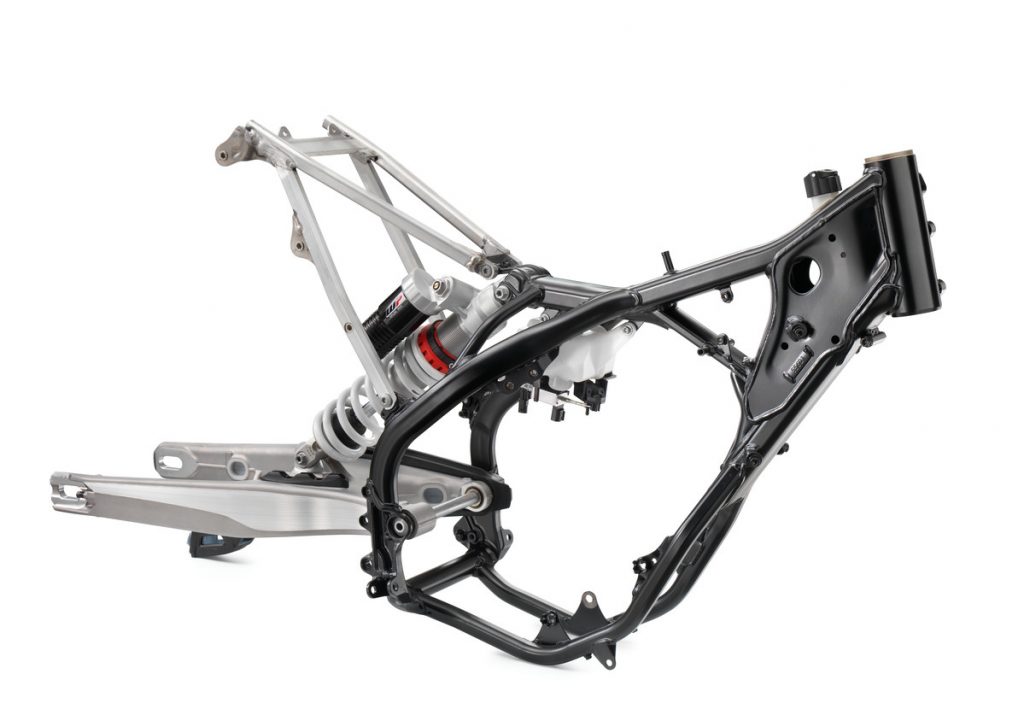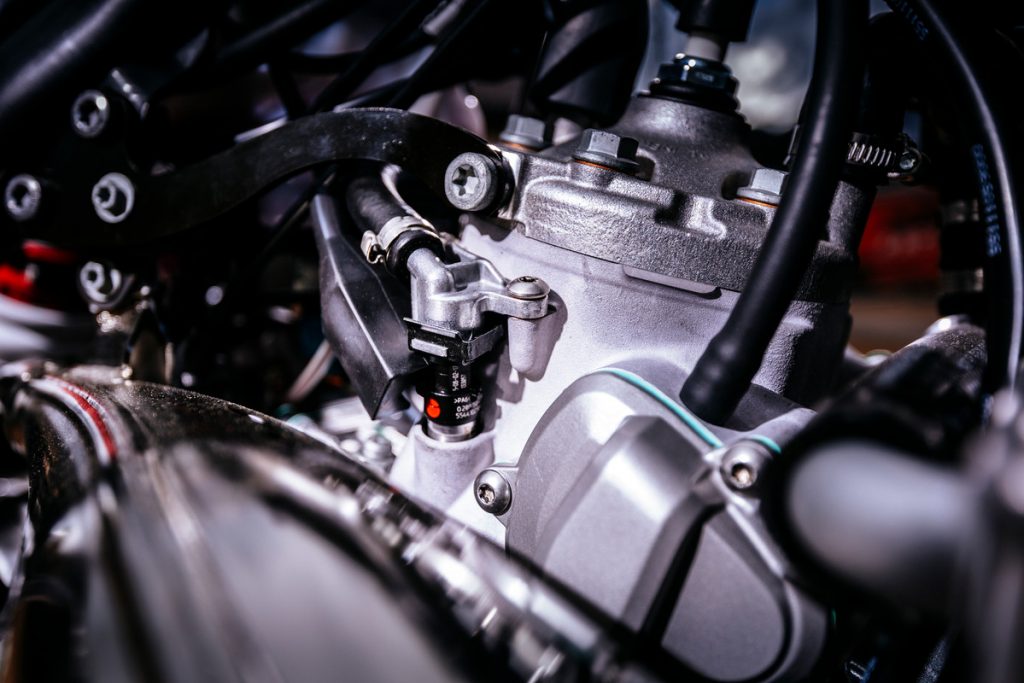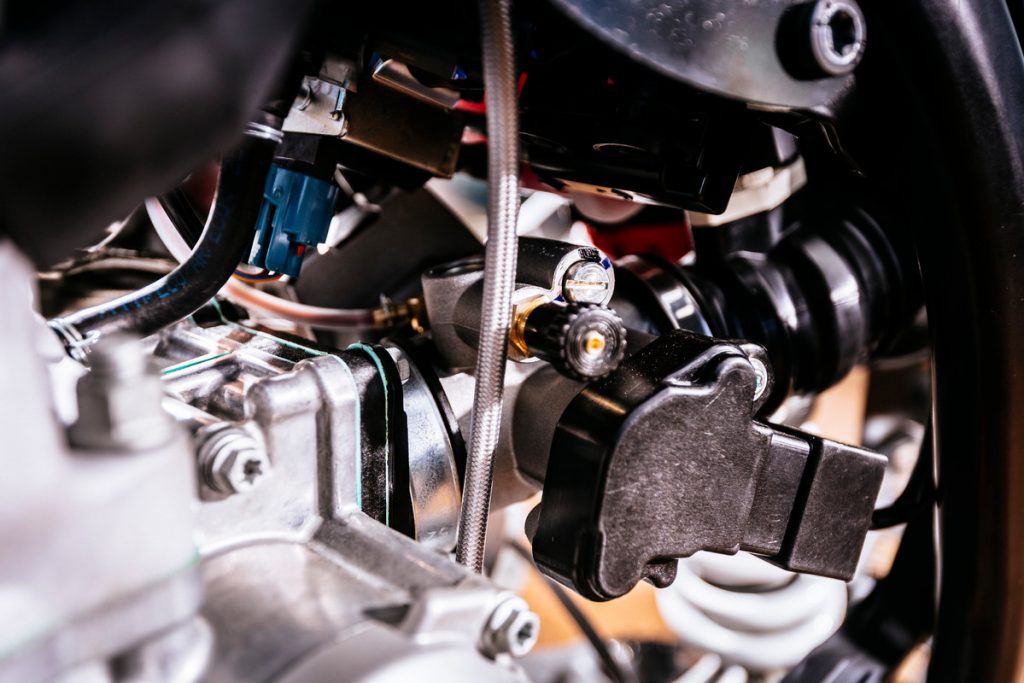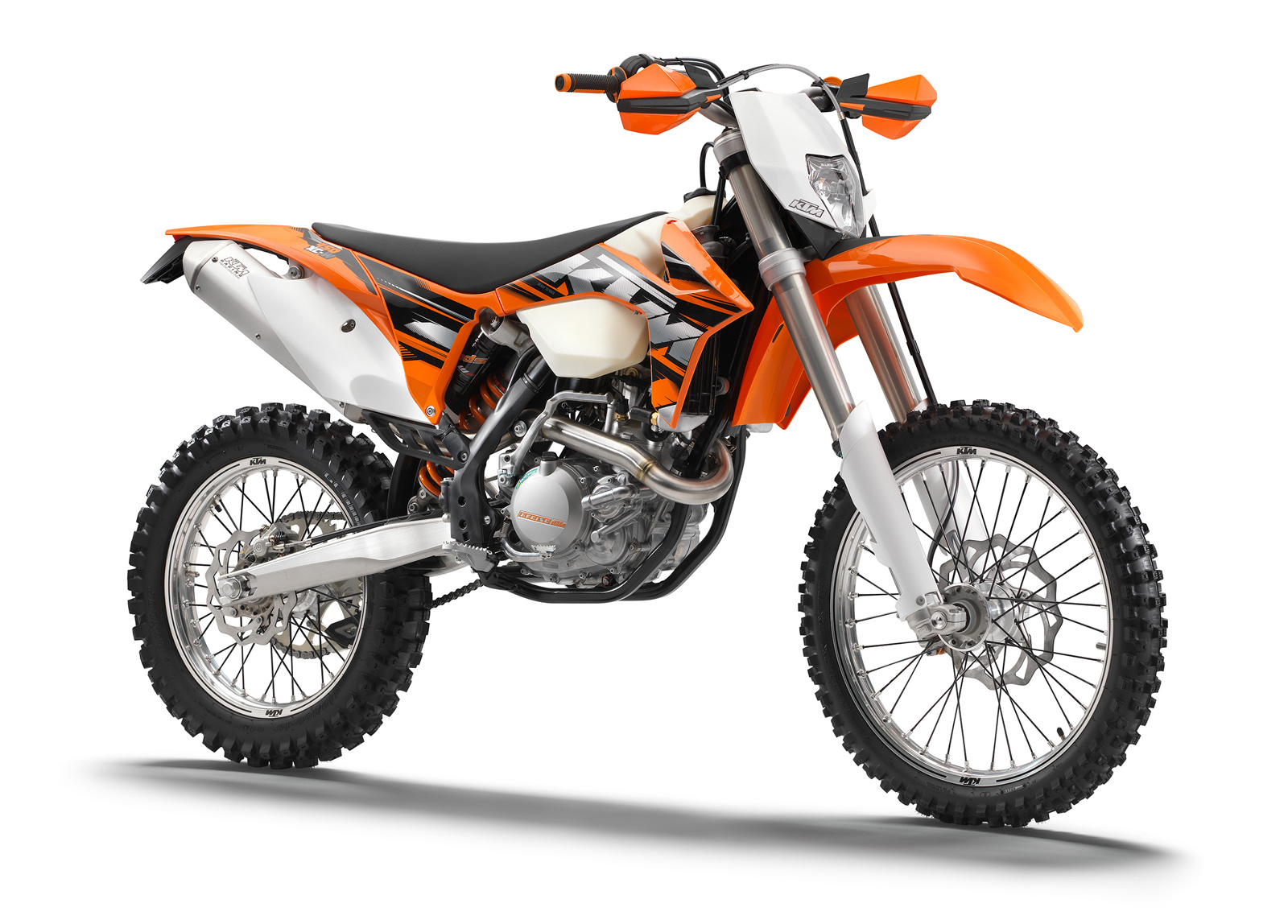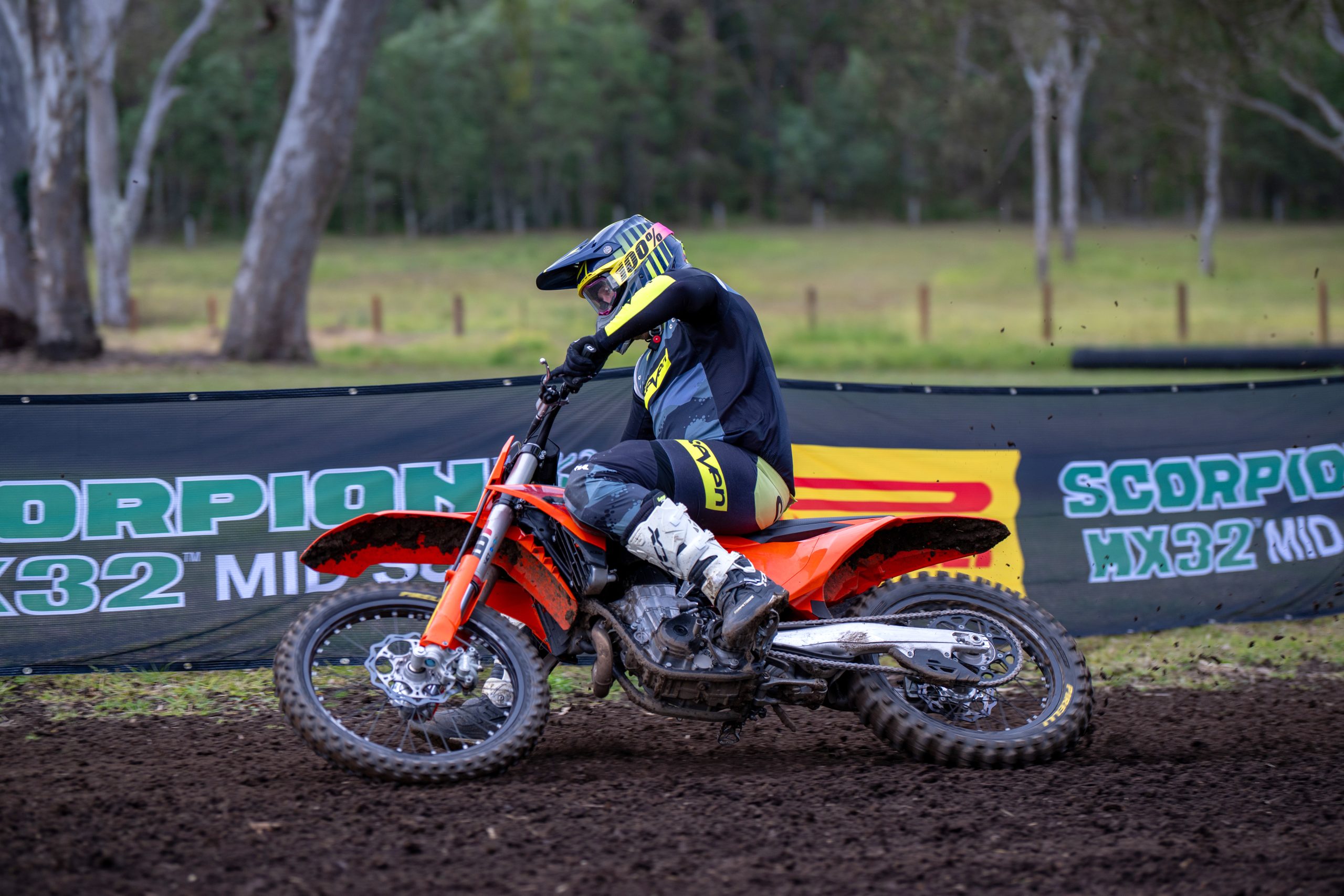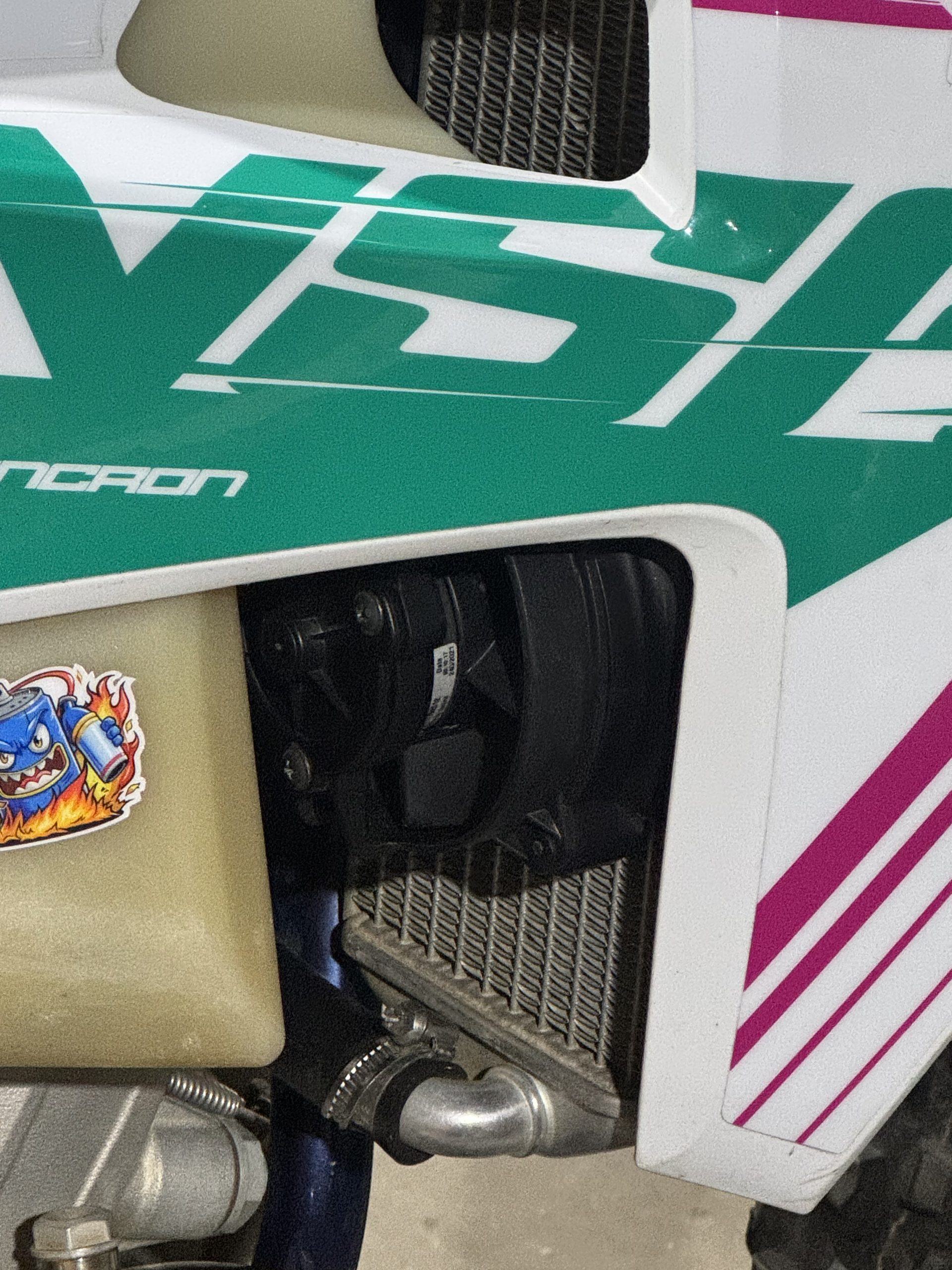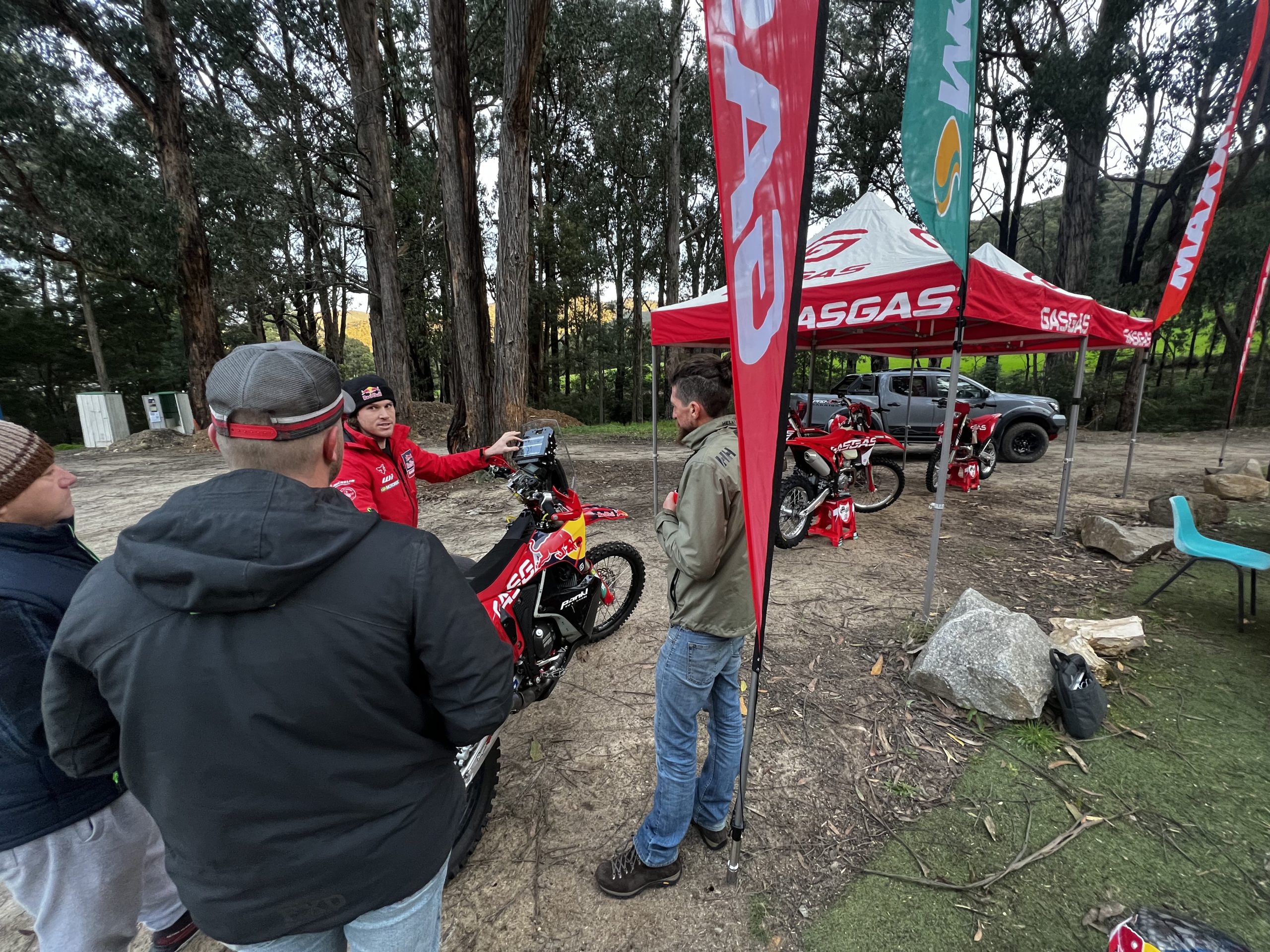KTM TPI has patented its TPI system in its 2018 EXC two-stroke range that it claims makes the engine smoother and reduces fuel consumption, but how does it work? We were at the official world launch at Erzberg, Austria to find out.
Firstly, it is not a direct-injection system. Direct-injection was too complex, changed the performance of the engine and starved the bottom-end of two-stroke oil.
In the KTM system, two-stroke oil is pumped into the throttle body, to lubricate the crankshaft, barrel, and eventually the cylinder bore and rings. Fuel is squirted into the cylinder via two injectors in the transfer ports, rather than into the inlet port or head.
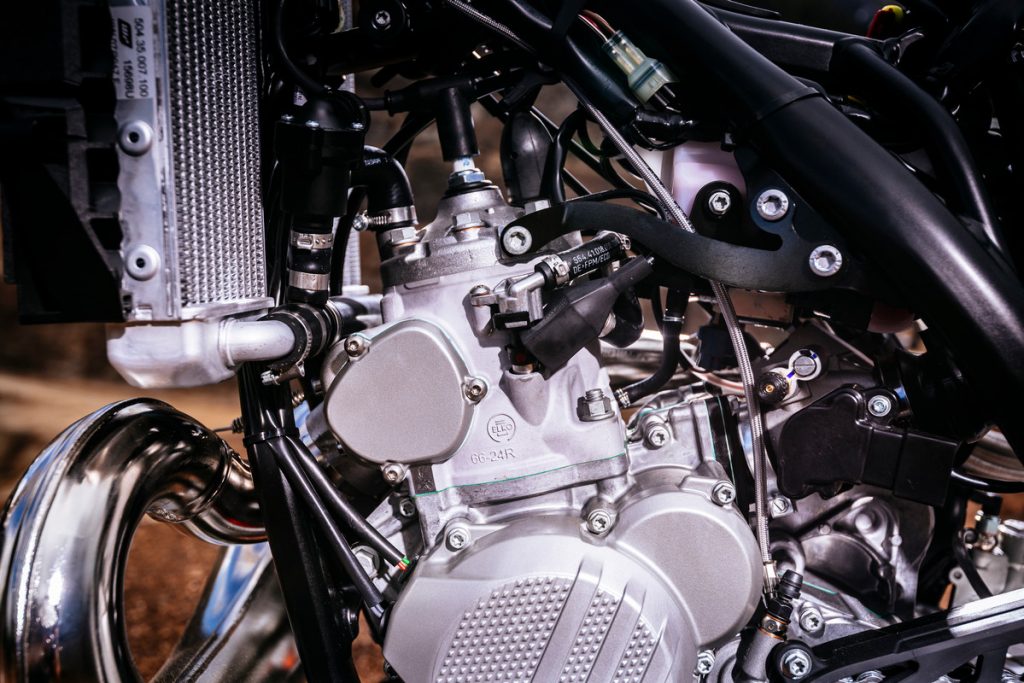
To make all this happen, the 2018s have a new frame, new cylinder, Synerject engine management system, Dellorto 39mm throttle body, airbox, two-stroke oil tank and pump, new fuel tank and pump and a more powerful generator to run the whole show. The EMS can prevent flame outs while adjusting for altitude and other changes.
The oil tank inlet is behind the steering-head, from where the lube runs through the frame to a reservoir and pump below the seat.
Maintenance is just as simple as a carby two-stroke. Your average punter will be able to rebuild the KTM TPI engine, you just disconnect the EFI sensor, fuel and 2T oil lines and then change the piston as before.
There are more parts and it’s more complex which means more stuff to break. There’s a fuel pump (from the EXC-Fs), oil pump, injectors and sensors but this technology was tested in the Roof of Africa last year and finished with no mechanical dramas. Plus, much of the new hardware is the same or similar to that found on KTM’s injected four-stroke engines, which have proven reliable enough.
To learn more about KTM’s latest two-stroke technology and to find out how they perform, grab a copy of the July issue of ADB #454 on sale 5 June 2017
